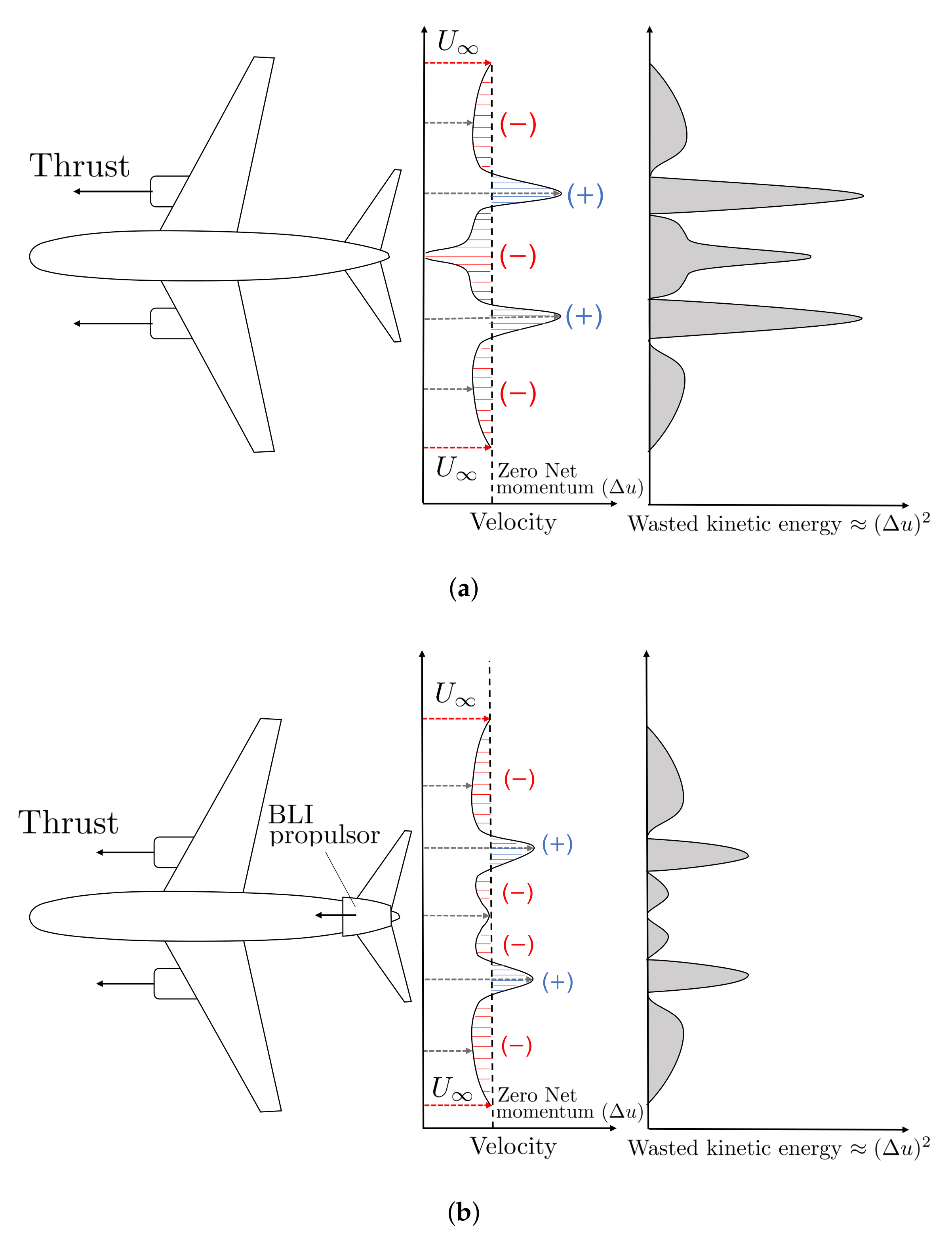3d boundary layer code for nose
A semi-analytical model of the 3D boundary layer over the streamlined nose of a train articlePereira2013ASM titleA semi. Kunze Approximate Boundary Layer Methods for a 3D Panel Code for Helicopter Simulations.
Of the integral boundary layer code for ice accretion computation will be shown in section V.

. A closed-form analytical model is developed for estimating the 3D boundary-layer-displacement thickness of an internal flow system at the Sanal flow choking condition for. Langley Stability and Transition Analysis Code LASTRAC is a general-purpose physics-based transition prediction code released by NASA for laminar flow control studies and transition. In the development of NASAs STARC-ABL aircraft its boundary layer ingestion thruster dubbed as.
A semi-analytical model of the 3D boundary layer over the streamlined nose of a train. For a laminar flow about 20-25 points across the boundary layer are sufficient. Leveraging the existing tools of PAI analysis and turbo-machinery CFD analysis codes.
1 an analysis to construct a general nonorthogonal coordinate system. II Derivation of the model IIA Brief state-of-the-art of 3D integral boundary-layer methods The. Approximate Boundary Layer Method Non-Lifting Bodies DLRde Chart 7 ODAS2019 P.
Before moving to turbulence flow simulation for. Thus knowing the thickness of the boundary layer at the initial station permits a reasonable choice for dy. Precise control of the thickness of the first cell normal to wall is crucial for turbulence models like k-epsilon k-omega.
This data is then input into. PDF On Jul 12 2019 Vladimir Shalaev published 3D Boundary Layer Theory Find read and cite all the research you need on ResearchGate. Deduction of the transport equation for the A-parameter of a 3D boundary layer.
Langley Stability and Transition Analysis Code LASTRAC is a general-purpose physics-based transition prediction code released by NASA for laminar flow control studies and transition. The Three dimensional boundary layer BL3D code requires three separate analyses.
Sustainability Free Full Text Investigations Of Hawt Airfoil Shape Characteristics And 3d Rotational Augmentation Sensitivity Toward The Aerodynamic Performance Improvement Html
The 3d Grid Generated On The Surfaces Of The Noses Of Parabolic And Download Scientific Diagram
Ijtpp Free Full Text Unsteady Analysis Of A Pulsating Alternate Flow Pattern In A Radial Vaned Diffuser Html
Sustainability Free Full Text Investigations Of Hawt Airfoil Shape Characteristics And 3d Rotational Augmentation Sensitivity Toward The Aerodynamic Performance Improvement Html
Sustainability Free Full Text Investigations Of Hawt Airfoil Shape Characteristics And 3d Rotational Augmentation Sensitivity Toward The Aerodynamic Performance Improvement Html
Fluids Free Full Text Numerical Flow Characterization Around A Type 209 Submarine Using Openfoam Html
Height Dependent Transition From 3 D To 2 D Turbulence In The Hurricane Boundary Layer Byrne 2013 Geophysical Research Letters Wiley Online Library
Sensors Free Full Text About 3d Incompressible Flow Reconstruction From 2d Flow Field Measurements Html
Controlling Transonic Shock Boundary Layer Interactions Over A Natural Laminar Flow Airfoil By Vortical And Thermal Excitation Physics Of Fluids Vol 34 No 8
Sustainability Free Full Text Investigations Of Hawt Airfoil Shape Characteristics And 3d Rotational Augmentation Sensitivity Toward The Aerodynamic Performance Improvement Html
Sustainability Free Full Text Recent Advances In Boundary Layer Ingestion Technology Of Evolving Powertrain Systems Html
Fluids Free Full Text Aerodynamic Study Of A Naca 64418 Rectangular Wing Under Forced Pitching Motions Html
Sustainability Free Full Text Investigations Of Hawt Airfoil Shape Characteristics And 3d Rotational Augmentation Sensitivity Toward The Aerodynamic Performance Improvement Html
Laminar Turbulent Transition An Overview Sciencedirect Topics
Sustainability Free Full Text Investigations Of Hawt Airfoil Shape Characteristics And 3d Rotational Augmentation Sensitivity Toward The Aerodynamic Performance Improvement Html